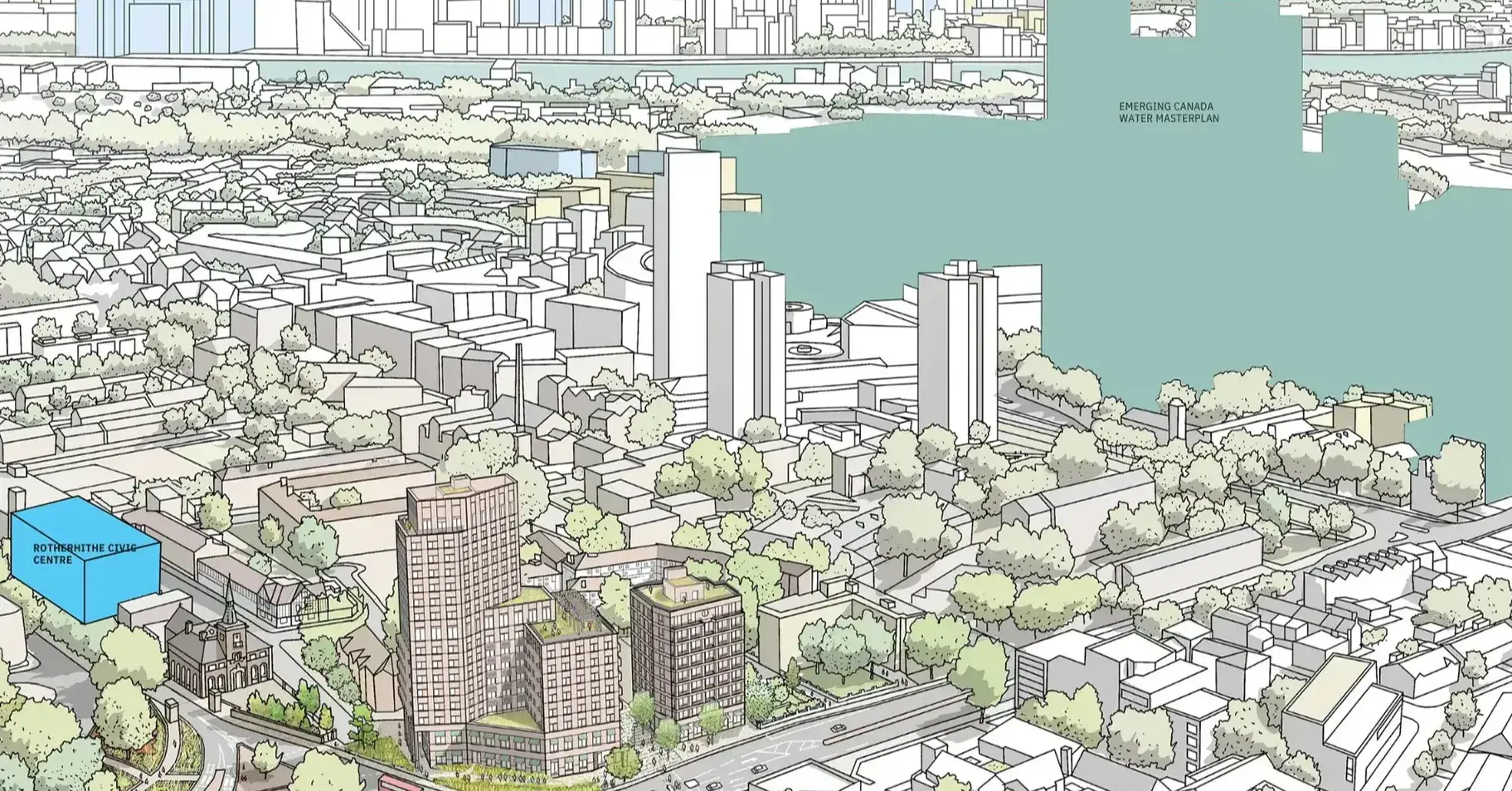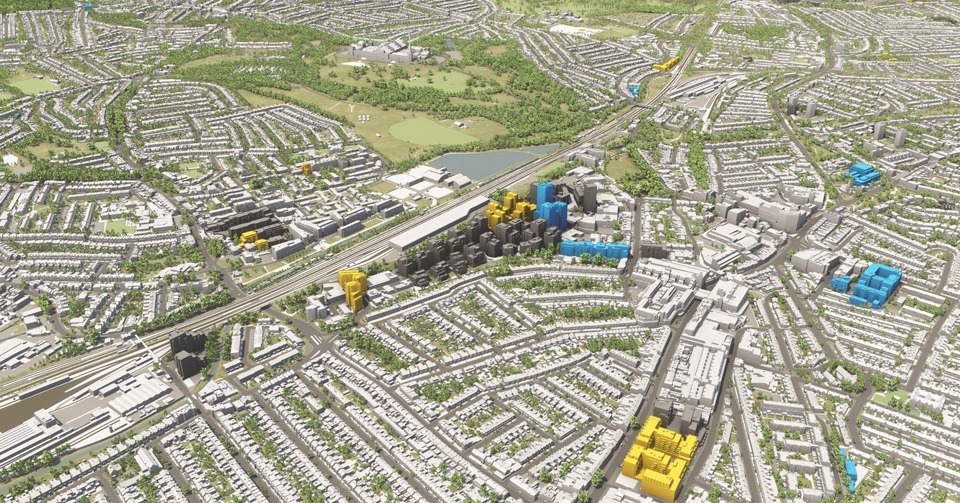Harnessing the Power of Data Visualisation in Modern Architectural Design
The realm of architecture has always balanced art and science, with each technological milestone making it more advanced and intricate. In today's world, architectural evolution and data visualisation go hand in hand, marking a significant shift in how architects approach building design and data analysis.
The benefits of data visualisation for architects
Site Analysis: One of the foremost steps in architectural design is understanding the site. Data visualisation tools play an instrumental role here. Architects can create visual representations of sun paths, visually locate a wealth of listed buildings and identify accessibility routes including transportation data, representations of sun exposure, wind patterns, topography, and more.
Additionally, they can use sophisticated data to visualise the timeline of all building projects – at various stages of their development – in the neighbourhood they are planning to design in.
Such detailed visualising design data allows architects to position the building optimally and to incorporate design elements that resonate with the full spectrum of the site’s conditions.
Design Options: The essence of design lies in exploring possibilities and 3D data visualisation in building design allows architects to do just that.
By using visualisation tools to experiment with diverse design options, be it façade variations, massing, or layout, architects can juxtapose design variations, assessing their influence on daylight, shadows and the impact on the wider urban context.
Read more about the important role of data visualisation in building design here.
Streamlining the design-build process through collaboration
Architectural data modelling and visualisation have long surpassed the confines of individual architects and as the world becomes more complex, the need for collaborative effort increases. Interactive data visualisation in architecture connects architects, planners, developers, and even clients.
It creates a shared platform where decision-makers can provide real-time feedback, explore data-driven building design alternatives, and understand the reasons behind specific design choices. It’s also a perfect platform to showcase to clients and for public engagement. This kind of collaborative approach cannot be underestimated in how much time it saves by streamlining the progression of projects from conceptualisation to completion.
The bottom line
Utilising the power of data visualisation in today's architectural design world is not a luxury—it's a necessity. The importance of data visualisation in building design presents itself in practically every phase of the project, from initial site analysis to performance optimisation, fostering a comprehensive and effective design approach.
For those keen on delving deeper into the intertwining worlds of architecture and data visualisation, make sure to check out our further reading suggestions below.
Further reading:
Architectural Evolution: The Role of Data Visualisation in Building Design
Why Data Visualisation is Essential for Architectural Planning and Design
VU.CITY Case Studies
See how leading built environment experts are using VU.CITY
Shape Tomorrow’s Cities, Today.
Begin Your Free Trial Now.

-1-1-1.png)


